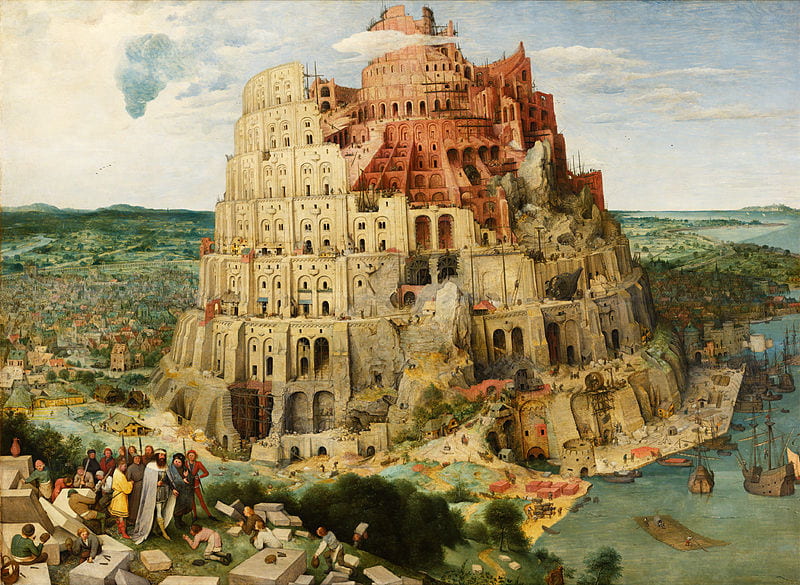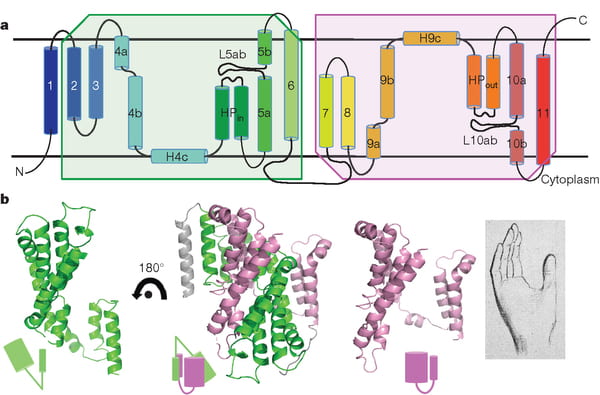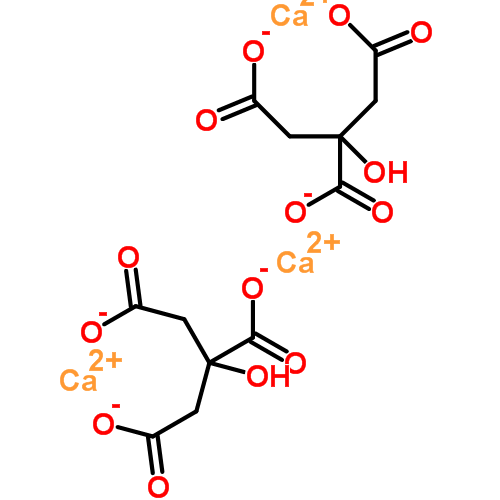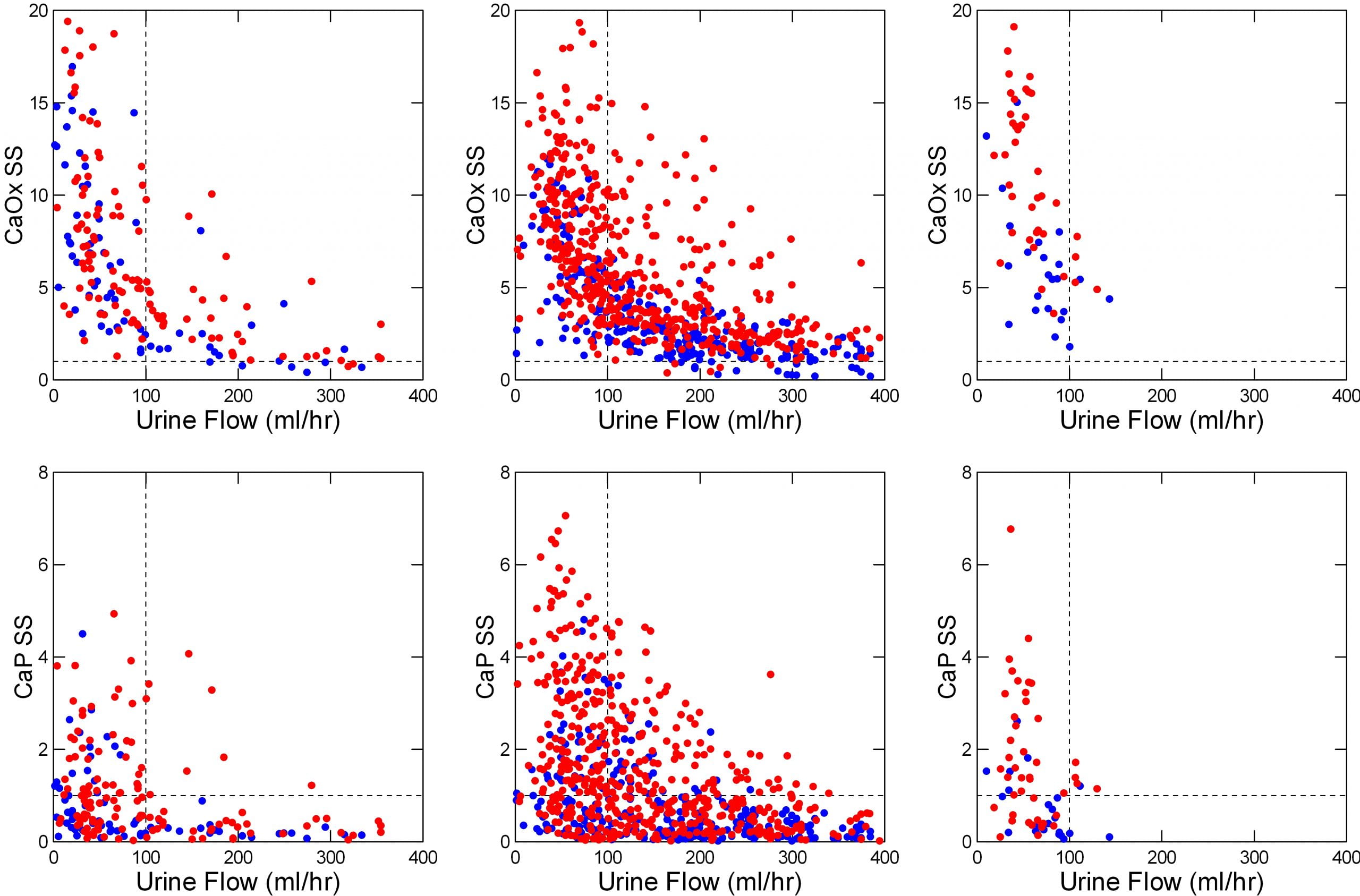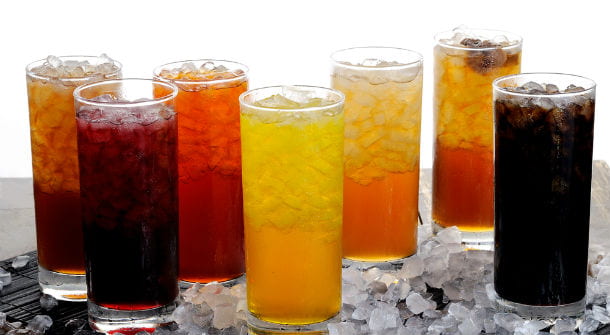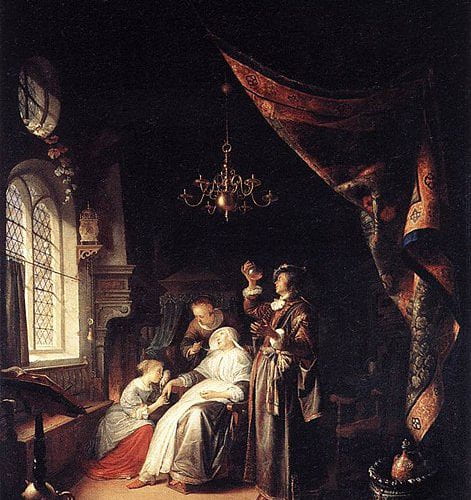
For Kidney Stone Formers
Content Collections
Guide Book
Video Collection
New Book
Articles For Kidney Stone Formers
CHAPTER 10: BARIATRIC SURGERY AND KIDNEY STONES
Obesity Is Epidemic World Wide Anyone can find ample evidence of US obesity. Here is a recent CDC map. In response, 'bariatric' surgeries designed to reduce body fat stores by limiting and re-routing nutrient absorption have risen to very high levels. The American...
Citrate and the Ostwald Limit
This article will take you for a ride and offer you some surprises.
It is about how urine resists crystallization, a property summed up in the forbidding term ‘Upper Limit of Metastability.’
But don’t be scared off.
The ULM is a powerful concept that will help you understand the real issues in stone prevention.
And, at the end of the article, you will find that quite possibly it is not the mysterious and giant collection of urine proteins which protect us against crystals but perhaps our familiar citrate molecule in league with another small molecule, inorganic pyrophosphate which is a close relative of the bone sparing and common bisphosphonate drugs.
Enjoy.
HOW POTASSIUM CITRATE PILLS WORK
This article is long and complex but I think patients will want to trouble themselves to read it. It tells the story of how our diet in the US, Europe, and urban Asia imposes an acid load which the kidneys must remove. That demand forces them to conserve citrate which is a natural defense against kidney stones. The pills neutralize the diet acid, and release the kidneys from their lifelong task of compensating for how we eat. That is why the urine citrate can rise. Removing acid is a major task that affects how kidney cells work. The humble potassium citrate pills have massive and probably beneficial effects on those cells. Of course, diet could the same as the pills, but how can one pursue a diet against the tendencies of the culture? Even with a will, most of us could not get it right – the balance of food, a proper nutrition. I could not advise we try.
THE GRAND INHIBITOR
Here is part two: citrate slows and can even stop stone crystals from growing. It does this by binding calcium, not the calcium in the urine but calcium atoms already part of a calcium stone crystal.
By binding to structural calcium atoms, citrate interferes with the orderly arrangement of atoms that is necessary for the crystal to exist, so one can think of inhibition and binding as two aspects of one power.
Like binding itself, this is not easy material to present or read. It is like climbing a tall hill for the view. If you will follow me up, I promise a reward.
CALCIUM BINDING BY CITRATE
The citrate molecule in urine is thought to protect against formation of calcium stones. This thought began as reasoning from chemistry, and culminated in clinical trials which substantiate the idea. As a result manufacturers produce citrate products for medicinal...
CITRATE TO PREVENT CALCIUM AND URIC ACID STONES
Potassium citrate, thiazide diuretic agents, and allopurinol are the three medications that have a proven ability to reduce kidney stone formation.
Because fluids are so valuable and safe, we have emphasized their use as a basic treatment for all forms of stone disease. Here, I present the evidence that potassium citrate adds protection. The evidence is in the form of 5 trials that appear well done.
Some of the background for this article was already prevented in our discussion of the costs of this drug. Likewise, that discussion presented alternative sources of alkali that should more or less mimic the protective effects of the drug despite lack of direct trial data. I say this because the drug is a simple alkaline salt.
The article is written for anyone. Physicians will fill in more blanks than patients, but patients can easily analyse the numbers.
ACP GUIDELINES: MEDICATION
This post concerns guidelines just released by the American College of Physicians (ACP) concerning prevention of calcium kidney stones. In the article two specific guidelines are proposed. The first, on fluid management, is covered in another post. Here I discuss...
ACP GUIDELINES: FLUIDS
The American College of Physicians has published its Clinical Guidelines on dietary and pharmacological management of kidney stones in adults. My purposes are to place the results of their deliberations in clinical context and also draw some conclusions about research...
FLUID PRESCRIPTION FOR KIDNEY STONES
How does anyone really know the amount of fluids you need for stone prevention? Dr. Elaine Worcester and I have put together much of what is known about the topic and offer some reasonable guidelines. Our caveat: These are guidelines, but have your physician do the final decision. Not everyone can drink large amounts of fluids, and not every patient needs the maximum amount, either.
A THIRST FOR VARIETY
Well and good to say, ‘Drink 3 liters of water a day to prevent kidney stones’, and go on to something else. It is another to accomplish that feat. Don’t some drinks raise stone risk – like coffee and tea? What about Coke, diet drinks, beer and wine? Is anyone supposed to make do on all water? Here is a post by Jill Harris that offers answers and even daily menus of beverages. As things turn out, there are a lot of choices, a lot of ways to get in all that fluid, every day.

